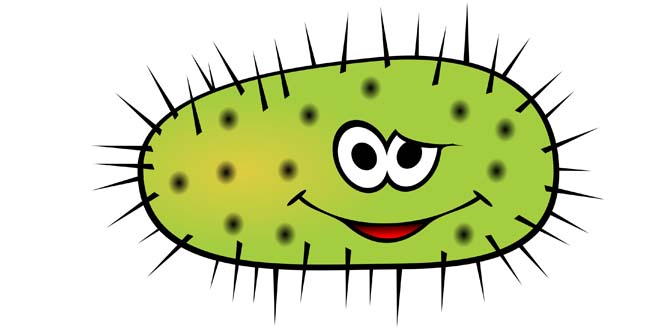
Bacteria develop diseases by communicating with each other: Study
Upon researching for his thesis at the Ocean University in China, Dr Abdul Nabi, a PhD faculty member at Sindh University, found that bacteria develop diseases and infections through communicating with each other.
For the longest time, bacteria have been studied as unicellular organisms, with no ability to work collectively. However, scientists have recently found that these cells are highly communicative.
Dr. Abdul Nabi took this finding and further researched this subject area, when he unearthed that “the act of communication was a way bacteria developed diseases”. He came to this discovery while working on his Microbiology PhD thesis topic “Quorum-sensing” at the Ocean University in Qingdao, China.
He recently met Dr Abida Taherani, Vice Chancellor of Sindh University. The VC congratulated him for his findings in the PhD program and expected him to share his expertise with students.
The PhD doctor informed that a particular bacterium cannot lead to formation of a disease – diseases are only generated when bacteria-cells communicate with each other. The bacteria-cells generate specific kinds of chemicals which help them communicate and convey some genetic materials/factors to act in different physiological and biochemical functions.
Dr Nabi’s PhD thesis topic is actually the communication system used by different bacterial kinds, which with help of mechanism setup can make the old cells behave like new advanced cells.

